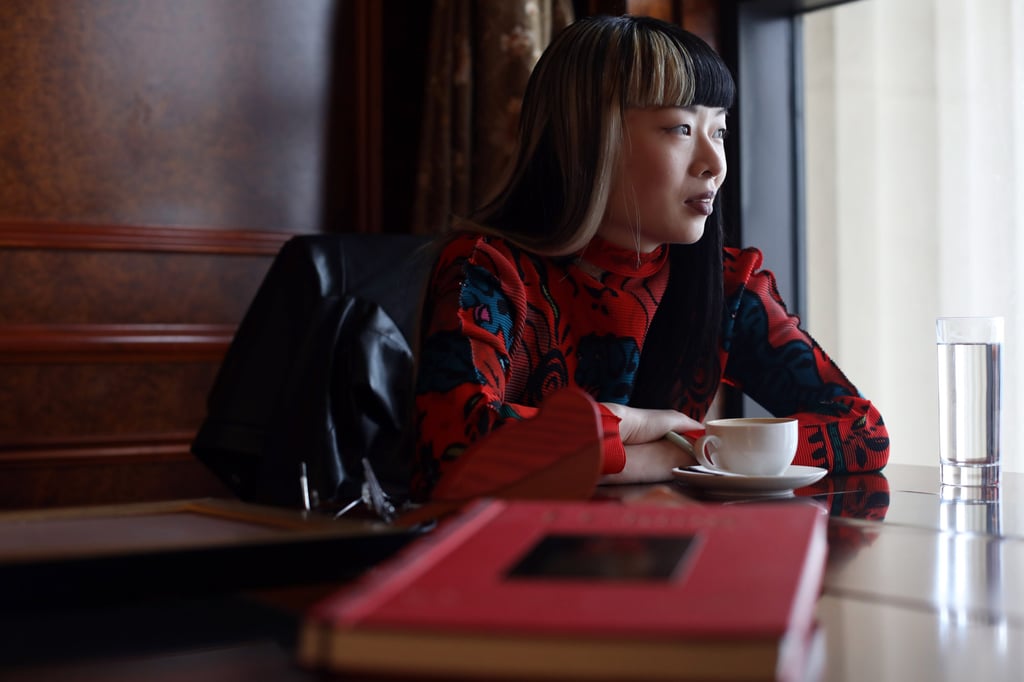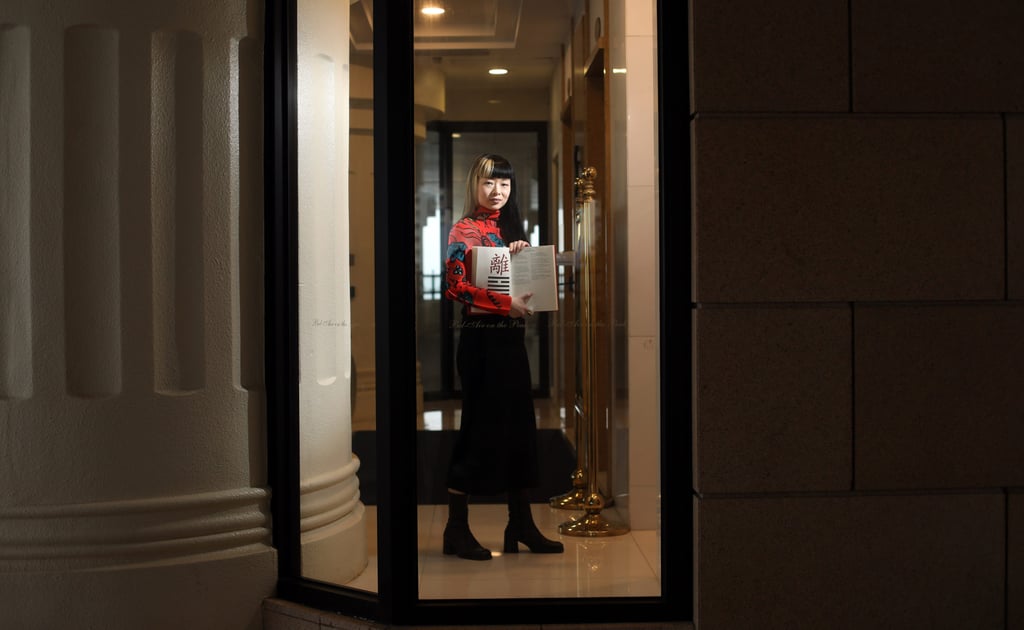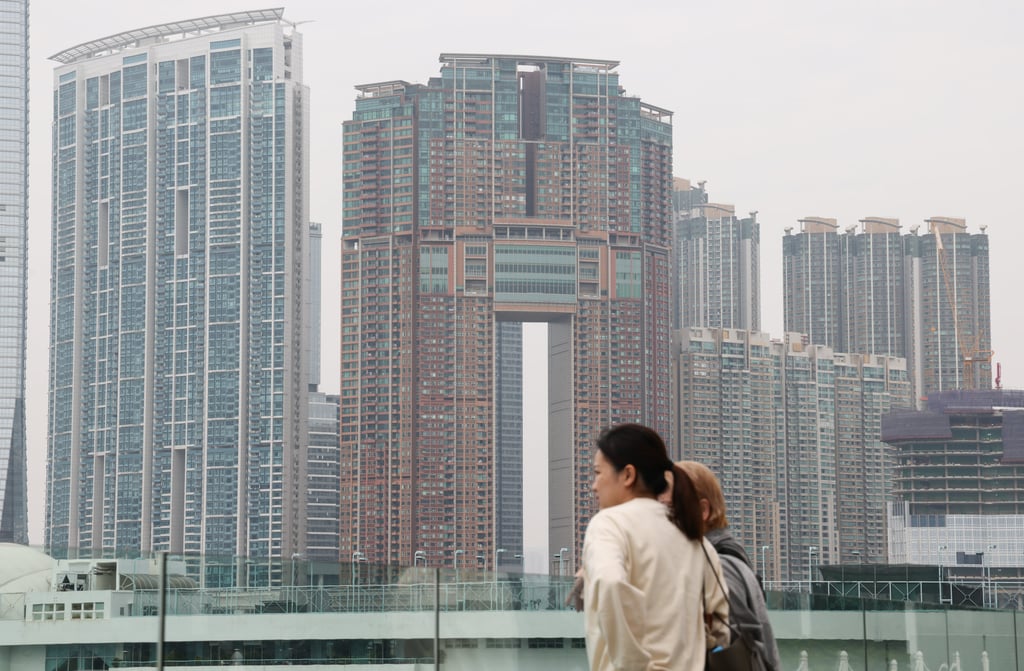
Feng shui is about maintaining balance between the five elements according to Chinese philosophy: wood, fire, earth, metal and water. This balance of energy is symbolised by the yin and the yang, which also represent the dualistic nature of all things.
This principle extends to workspaces, and Chow harnesses it to help organisations achieve harmony.
We look at which direction would have the best energy for work, which area would have the best energy for love
Each of the five Chinese elements is believed to correspond to particular colours, which Chow integrates into offices to promote productivity.
Workspaces are traditionally very impersonal, and Chow says introducing colour can inject fun and vitality to enhance creativity and focus.
“I think when people grow up, we become adults, and then we don’t have as much fun with colours any more. So I suggest more colourful items in your space to make it more fun,” she says.
“When you look at colours and a lot of things in our environment, when we do interior design, why aren’t we more aware of the colours we’re using, or even how we do the layout or how we design our houses through patterns, materials, and colours?”

Chow recommends incorporating plants, water features and other natural materials associated with the Chinese five elements into workspaces to make them more vibrant.
“If you’re feeling like your space is a little bit dead, like there’s no life in it, make sure you bring all that in,” she says.
Lighting is another critical aspect of feng shui. For offices, Chow recommends a balance between warm and cool lighting to create a comfortable and energising atmosphere.
“Yellow lighting represents the sun, and white lighting represents the moon. If you want to feel warmer and happier, you should add a bit more warmer lighting,” she says.
It’s really just about going in and then working with what they already have
Feng shui emphasises the layout and positioning of items to maximise the flow of positive energy.
Chow recommends the nine flying stars method, a traditional feng shui practice that identifies the best areas for various activities, such as work and rest, based on directional energy.
“We look at which direction would have the best energy for work, which area would have the best energy for love, and I would tell you to either sleep there or work there,” she says.
Feng shui is taken very seriously in Hong Kong; some companies pay considerable sums of money for feng shui practitioners to help them create environments that promote the well-being and productivity of their employees.
Chow, who has worked with a range of clients including private members club Soho House Hong Kong, says her work is rooted in both philosophy and practicality, and that feng shui can be integrated into different styles and existing designs.

“It’s really just about going in and then working with what they already have,” she says, to ensure feng shui enhances rather than disrupts a space’s aesthetic.
“It obviously does have its philosophy, and it does have a guide that it provides. But it is all very practical,” she says.
Although colours, lighting, materials and positioning all play a part, getting the feng shui right in an office – so it is beneficial to everyone who works there – also requires a deep understanding of energy and space.
Chow emphasises the importance of understanding the unique energy of each space and tailoring feng shui practices to fit the specific needs of different companies and their workspaces; there is no one-size-fits-all solution.
“Everybody’s house is unique because of their habits and what’s currently happening to them. Their space can turn out to be very different, even in terms of energy,” she says.

